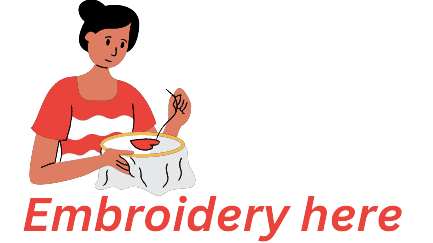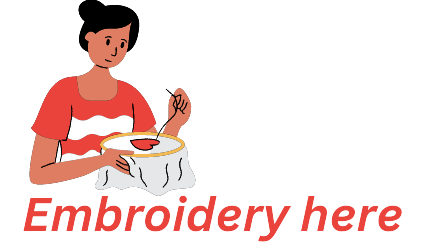Embroidery is a beautiful and rewarding craft that can create stunning designs on fabric. However, before you start embroidering, you need to choose the right materials for your project. Here are some tips to help you select the best materials for embroidery.
1. Fabric
The fabric you choose for embroidery should be suitable for the type and size of stitches you plan to use, as well as the design and purpose of your project. Some fabrics are more suitable for embroidery than others, such as cotton, linen, silk, wool, and synthetic blends. You should also consider the weight, weave, color, and texture of the fabric. Generally, lighter fabrics are easier to embroider than heavier ones, and fabrics with a tight weave are more durable than those with a loose weave. You should also choose a fabric that matches the color and style of your design.
2. Thread
The thread you use for embroidery should be compatible with the fabric and the needle you use. There are different types of threads for embroidery, such as cotton, silk, wool, rayon, polyester, and metallic. Each type of thread has its own characteristics, such as thickness, strength, shine, and elasticity. You should choose a thread that suits the effect you want to achieve with your embroidery. For example, cotton thread is versatile and easy to work with, silk thread is smooth and lustrous, a wool thread is thick and fuzzy, rayon thread is shiny and slippery, polyester thread is strong and durable, and metallic thread is sparkly and eye-catching.
3. Needle
The needle you use for embroidery should be appropriate for the fabric and the thread you use. There are different sizes and types of needles for embroideries, such as tapestry needles, crewel needles, chenille needles, milliner needles, and beading needles. Each type of needle has its own shape and function. For example, tapestry needles have a blunt tip and a large eye for working with wool or thick threads on canvas or other coarse fabrics; crewel needles have a sharp tip and a medium eye for working with cotton or silk threads on linen or other fine fabrics; chenille needles have a sharp tip and a large eye for working with wool or thick threads on any fabric; milliner needles have a sharp tip and a small eye for working with fine threads or making French knots; and beading needles have a very thin shaft and a small eye for attaching beads or sequins to fabric.
4. Hoop
The hoop you use for embroidery should be large enough to fit your design and keep your fabric taut while you stitch. There are different types of hoops for embroideries, such as wooden hoops, plastic hoops, spring hoops, flexi hoops, and embroidery frames. Each type of hoop has its own advantages and disadvantages. For example, wooden hoops are traditional and sturdy but can leave marks on your fabric; plastic hoops are lightweight and easy to adjust but can break easily; spring hoops are quick and convenient but can slip off your fabric; flexi hoops are flexible and decorative but can distort your fabric; and embroidery frames are stable and professional but can be expensive and bulky.
These are some of the main materials you need to consider when choosing materials for embroidery. Of course, there are other materials you may need depending on your project, such as scissors, thimbles, pins, markers, patterns, etc. The most important thing is to choose materials that suit your personal preference and style. Happy embroidering!






%20(1).webp)
.png)
%20(1).webp)


